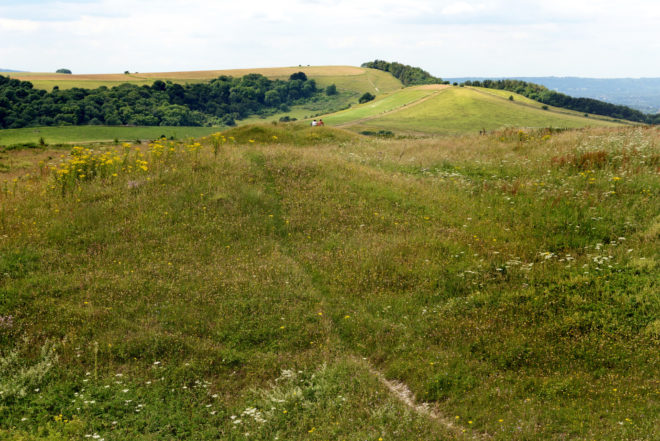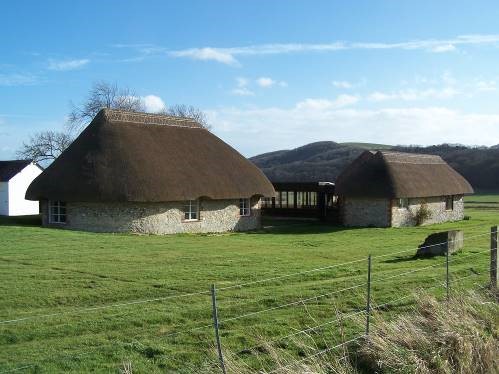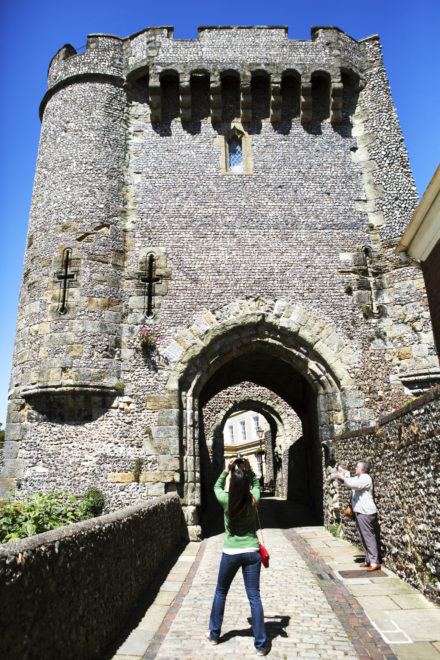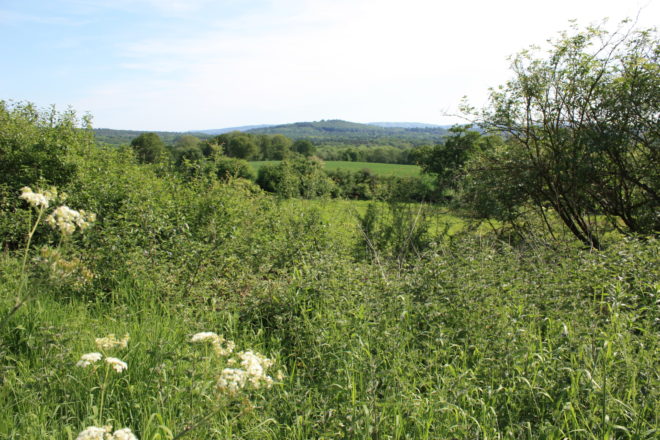A journey through time – 10 fascinating history facts for Sussex Day
June 12, 2020
At the southern tip of England with lofty viewpoints across the English Channel, Sussex has always been a strategic stage where history has played out.
For thousands of years it has been a historical hotspot – a story of invasion, conquest, discovery, innovation, rebellion and romance.
Today this enchanting county makes up two thirds of the South Downs National Park. Its heritage is etched into the breathtaking landscape – from the commanding Norman castles, to the Iron Age hillforts that are among the largest in Britain.
As we mark Sussex Day on 16 June and to celebrate the 10th anniversary of the South Downs National Park, Anooshka Rawden, Cultural Heritage Lead for the National Park, shares 10 fascinating facts from the annals of time.
- Finds at Boxgrove, near Chichester, reveal that Sussex was home to some of our earliest human ancestors.. A single bone and two teeth from Homo heidelbergensis – a possible common ancestor of both ourselves and Neanderthals – alongside fossil remains of lions, bears, rhino, deer and voles, revealed a site dating back around 500,000 years. Often referred to as Boxgrove Man, there is actually no evidence that these remains are of a male, but this person saw a landscape of chalk cliffs, which have since been totally eroded into our modern view of a flat coastal plain.
- Sussex is rich in remains from the Bronze and Iron Ages, in particular the Bronze Age barrows known as the Devil’s Jumps, near Treyford, West Sussex, and Cissbury Ring, near Worthing, one of Britain’s largest hillforts. Intriguing and beautiful in equal measure! See the breathtaking video below of Cissbury Ring, courtesy of Worthing Museum!

The Devil’s Jumps - The Romans certainly left their mark on Sussex. The Romans wrote about the inclement British weather and perhaps they were attracted to its sunnier climes? Did you know Sussex was home to the magnificent Roman Palace at Fishbourne – the largest Roman residence known north of the Alps. Much of Sussex appears to have been the home of a group of people we know as the Regnenses or Regni, and after the Roman invasion a settlement known as Noviomagus Reginorum, became modern-day Chichester. The Romans built villas, especially on the coastal plain and around Chichester. The best preserved in the National Park is at Bignor, but you can see the remains of a stunning Roman mosaic floor from Chilgrove in The Novium Museum in Chichester.

Bignor Roman Villa - The name derives from the Kingdom of Sussex, which was founded, according to legend, by Ælle of Sussex in AD 477. In 825, it was absorbed into the kingdom of Wessex and subsequently into the kingdom of England. The name “Sussex” is derived from the Old English Suth-Seaxe which means land or people of the South Saxons – a group of Germanic tribes who settled the region in the 5th and 6th centuries.
- Sussex is home to one of the most famous battles of all time – Hastings. The victory by the Normans over the Saxons on that October day in 1066 would change the direction of British history forever – even carving out a very different language to the dialect the Sussex folk had been speaking for several hundred years. Did you know that almost a third of English words we speak today have a French source?
- The Normans certainly left their footprint on Sussex. The county was of great importance to the Normans; Hastings and Pevensey being on the most direct route for Normandy. The South Downs were a good watchpoint for invaders and castles were built to defend the territories including at Arundel, Bramber, Lewes, Pevensey and Hastings. The Normans also built Chichester Cathedral and moved the seat of Sussex’s bishopric from Selsey to Chichester.

Lewes Castle - Sussex used to be the centre of the English iron industry, particularly around the Weald, the area between the chalk escarpments of the South and North Downs. The first blast furnace was recorded at Buxted in 1490 and the industry was at its peak towards the end of Queen Elizabeth I’s reign. The furnaces required huge amounts of fuel – and the huge woodlands of Wealden Forest provided that. Over many decades, dense ancient woodlands gave way to pasture and arable farms interspersed by pockets of woodland – changing the landscape to the one we know today.

The Weald landscape today - During the First World War, on the eve of the Battle of the Somme on 30 June 1916, the Royal Sussex Regiment took part in the Battle of the Boar’s Head at Richebourg-l’Avoué. The day subsequently became known as The Day Sussex Died. Over a period of less than five hours the 17 officers and 349 men were killed, including 12 sets of brothers, including three from one family. A further 1,000 men were wounded or taken prisoner.
- Sussex was at the frontline of UK defences during the Second World War. The threat of invasion was very real. Operation Sea Lion, a major Nazi invasion plan, had identified Camber Sands, Winchelsea, Bexhill and Cuckmere Haven as vulnerable points to breach British defences. The beaches were no-go areas for most people, barbed wire defences stood between the sea and the promenades, and heavy artillery lined our seafronts.
- The flag of Sussex consists of six gold martlets, or heraldic swallows, on a blue background. It was officially recognised by the Flag Institute on 20 May 2011 and first flown officially on Saturday 28 May 2011 at Lewes Castle.
 Anooshka says: “Sussex really is an amazing place for history buffs – whether you’re interested in archaeology or more recent history. Today we’re lucky to have a range of wonderful museums and historical attractions that tell the story of Sussex and its people through the ages. Now, more than ever, is a time to support cultural heritage in the South Downs given the impacts of COVID-19 on our creative and cultural organisations.”
Anooshka says: “Sussex really is an amazing place for history buffs – whether you’re interested in archaeology or more recent history. Today we’re lucky to have a range of wonderful museums and historical attractions that tell the story of Sussex and its people through the ages. Now, more than ever, is a time to support cultural heritage in the South Downs given the impacts of COVID-19 on our creative and cultural organisations.”
- Some museums and visitor attractions are planning to re-open next month when it is safe to do so and with social distancing measures in place. Please check with the venue on re-opening arrangements. We will also be covering details of heritage venues re-opening in the South Downs National Park in the July newsletter.
